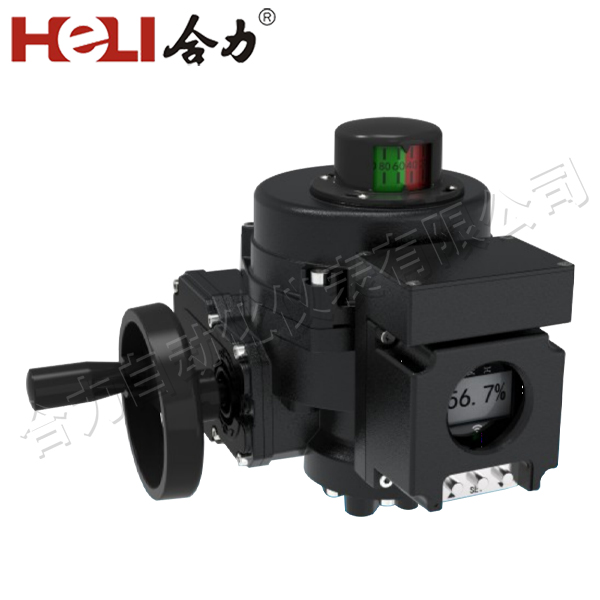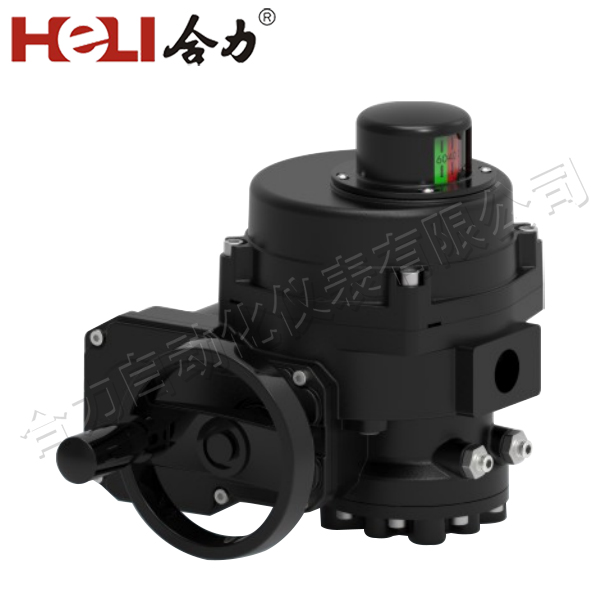Lithium battery electrical installation is a crucial process that demands utmost precision and caution. Lithium batteries, known for their high energy density and long lifespan, have become a staple in various applications, ranging from consumer electronics to electric vehicles. However, their installation requires specific knowledge and adherence to safety protocols, as improper handling can lead to severe consequences.

Before embarking on the installation process, it is essential to understand the basic components and characteristics of lithium batteries. These batteries consist of anode, cathode, electrolyte, and separator, which work together to store and release energy. Understanding their chemical properties and safety limits is crucial to avoid potential hazards.

The first step in lithium battery electrical installation is selecting the appropriate battery system based on the intended application and power requirements. It is important to consider factors such as battery capacity, voltage, and dimensions to ensure compatibility with the existing system.
Once the battery system is chosen, the next step is to prepare the installation site. This involves ensuring that the area is clean, dry, and free from debris. Any moisture or contaminants can compromise the performance and safety of the battery system. The installation process itself begins with mounting the battery rack or enclosure securely to the designated location. It is crucial to use brackets and fasteners that are suitable for the weight and dimensions of the battery system. Additionally, ensuring that the rack is level and stable is essential to prevent any movement or vibrations that could damage the batteries.
